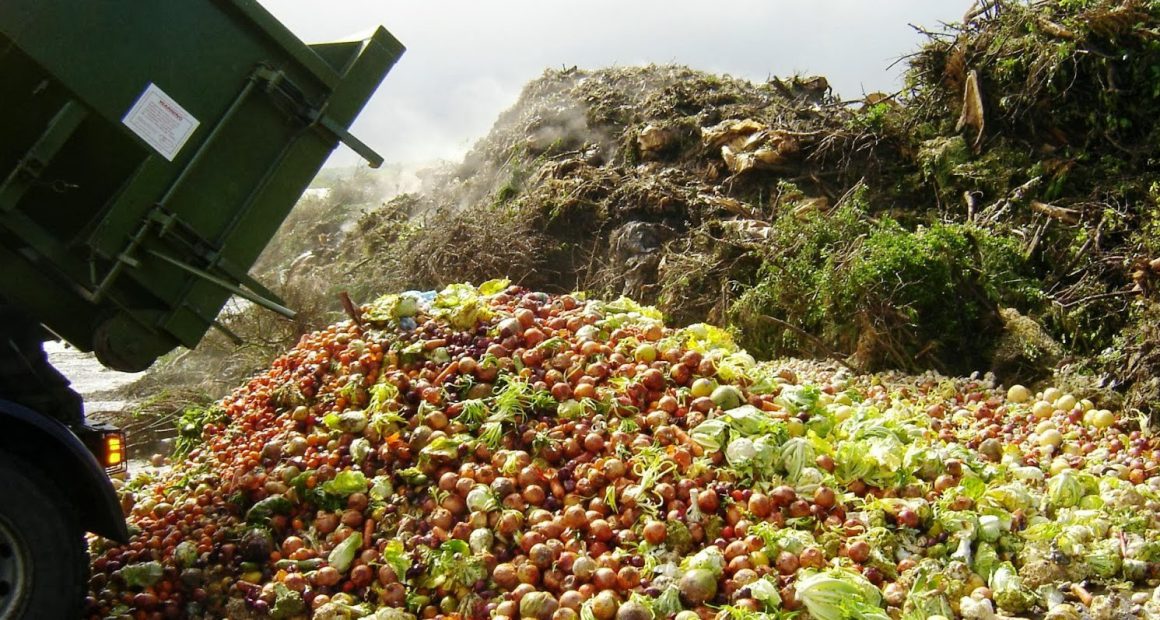By Ben Samson
Food production is the biggest source of greenhouse gas emissions and the primary contributor to ecosystem destruction and biodiversity loss. In 2050, it’s estimated that the global population will have risen to 10 billion, placing an even greater strain on the planet’s food production systems.
Two-year research efforts of an EAT-Lancet Commission on healthy diets and sustainable food systems just concluded that it will be impossible to put a brake on current climate change and biodiversity loss trends unless drastic dietary changes are made.
It found that the consumption of unhealthy foods, particularly red meats, must be reduced by at least 50%. Simultaneously, a significant dietary shift towards legumes, nuts, fruits and vegetables must increase by more than 100%, all whilst completely stopping any further expansion of agricultural lands.
Individual change?
Co-leader of the commission, Prof. Johan Rockstrom from the Potsdam Institute for Climate Impact Research in Germany, said that if we are to sustainably feed the world on a healthy diet in 2050, “nothing less than a new global agricultural revolution” would be required – in other words, a systems-level change.
Action at an individual level, such as committing to a vegan diet, is of course to be encouraged, but the extent to which any individual has the luxury to modify their consumption is often contingent on their income – going greener tends to mean paying more. Additionally, this line of argument places the blame for climate change on working-class people, which is the punitive logic behind proposed carbon taxes, whilst completely ignoring the culpability of international agri-business and the power of other capitalist firms.
A twisted logic
It does not address the root of the problem, which is that the earth’s food production systems are driven by the ruthless drive for private profit, with environmental sustainability coming as a futile afterthought. When English-grown apples are flown thousands of kilometres to South Africa to be waxed and polished by highly repressed labour, only to be shipped back to the UK and sold as “home-grown” produce, we see clearly just how morally twisted (and obscenely wasteful) for-profit food production can become.
Global agribusiness is a $5 trillion industry and accounts for 30% of total greenhouse gas emission. However, this market-driven food production produces 1.3 billion tonnes of food waste a year, yet still manages to leave one third of the global population malnourished and millions relying on food banks in the more affluent global north.
Food production is becoming increasingly monopolised by a tiny cabal of multinational companies. In Europe, 80% of Common Agricultural Policy (CAP) money goes to just 20% of farms. This is despite the fact that smaller farms tend to perform better in terms of production efficiency per unit area.
The socialist alternative
The need to urgently transition to an economy that is a publicly owned and democratially planned is now starkly posed – nothing less will do. We need to end the rule of capitalist agri-businesss companies that are destroying our planet for profit. Nationalisation of key sectors of farming, food and agri-business industry should not be viewed as an overly-ambitious demand. We must strive towards a planned food economy, which emphasises local, greener and more technologically innovative production, as well as a shift away from heavy state subsidisation of beef and dairy.
There is no clearer example of a need to rapidly break from out-dated capitalist production than the need to sustainably feed a growing population, while at the same time averting the impending climate catastrophe. This can only be achieved by transferring society’s wealth, resources and industry into the public ownership of those most affected by climate change and most capable of tackling it – the working-class majority.












